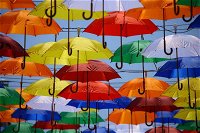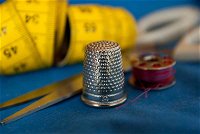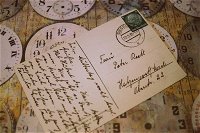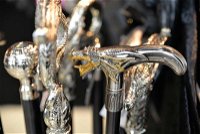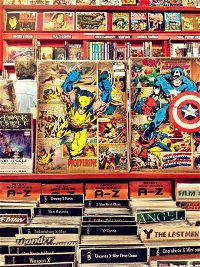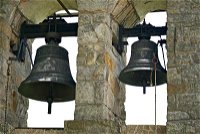
A Cupboard of Collections Trivia Quiz
I've found a cupboard in my attic, full of strange and interesting collections! To continue these collections, I find I've suddenly gained a bunch of new names--referring to collectors of different items! Can you use the photos to see what I've become?
by lordprescott.
Estimated time: 3 mins.
